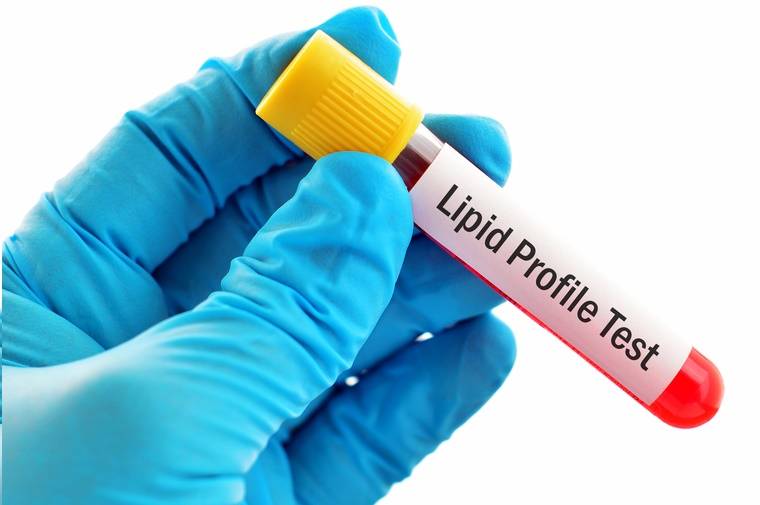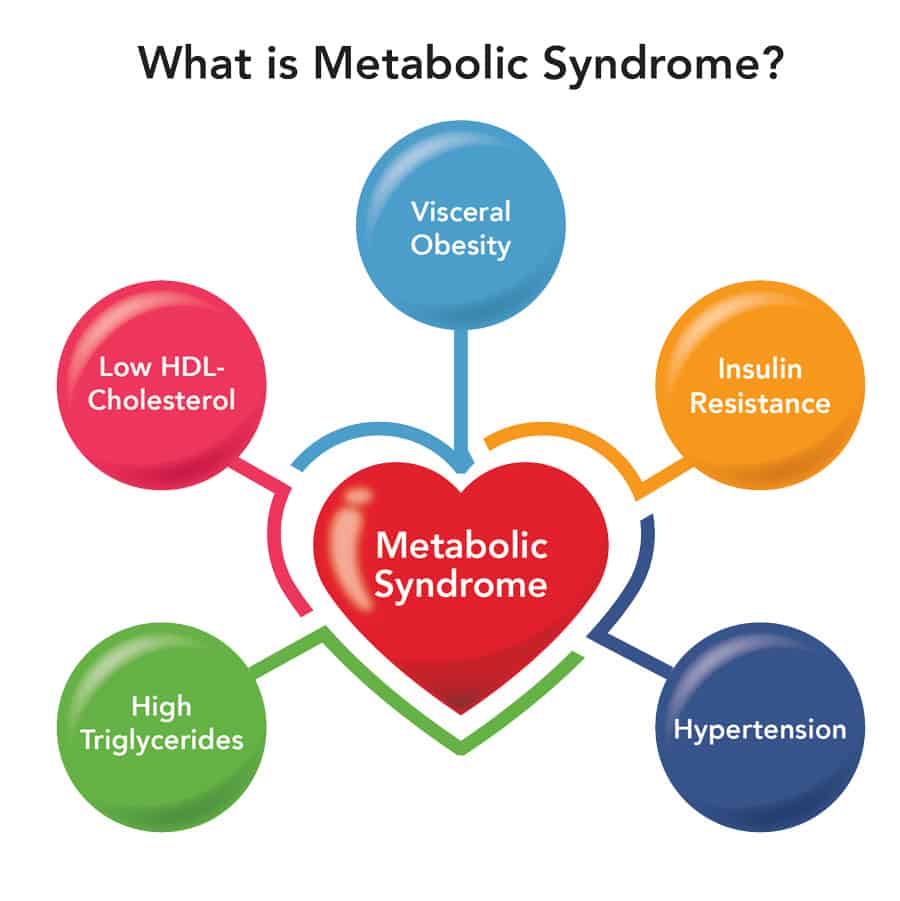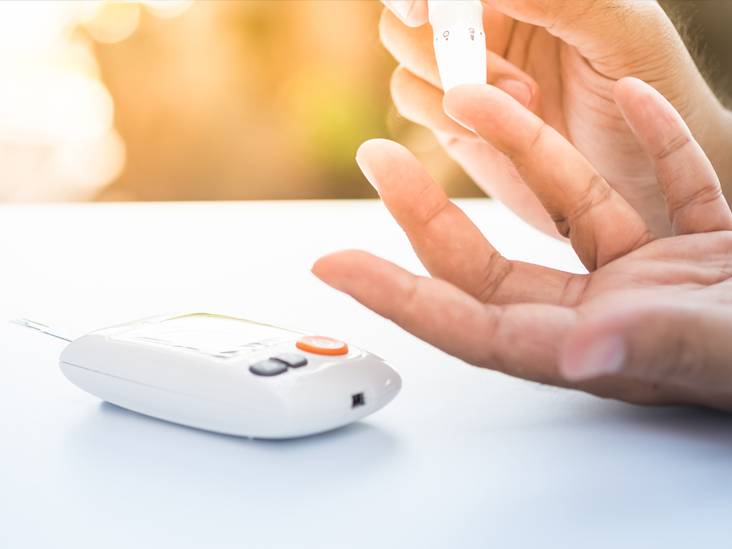Cholesterol Markers | Blood Work for Cholesterol levels
| The Cholesterol Paradox Blog |
A cholesterol test is a blood test that determines the amount of cholesterol and specific fats in your blood. Cholesterol is a waxy fat-like substance present in every cell of your body and blood. Cholesterol is essential for your cells and organs.
Lipid Panel

Before your serum cholesterol test, you might need to fast (without food or liquids) for nine to twelve hours. Because of this, testing is frequently conducted in the morning.
If you need to fast or if there are any other particular instructions, your provider will let you know. The blood test that measures cholesterol levels is called a lipid panel or lipid profile.
The lipid profile gives you the following numbers:
- Total cholesterol.
- HDL levels.
- VLDL levels and triglycerides.
- LDL levels.
- Non-HDL cholesterol.
- The ratio between cholesterol and HDL.
A lipid panel measures your risk of cardiovascular disease. Because high levels of cholesterol and triglycerides in your blood can cause their accumulation in blood vessels and arteries, damaging these structures and increasing your risk of cardiovascular complications. Due to this, healthcare professionals use lipid panel tests for children and adults to evaluate the risk of cardiovascular abnormalities like heart disease, heart attack, and stroke.
· Estimation of total cholesterol
Total cholesterol in your blood includes low-density lipoprotein (LDL) and high-density lipoprotein (HDL) cholesterol. In the United States, the cholesterol level in your blood is measured in milligrams of cholesterol per deciliter (mg/dL) of blood. In many European countries, cholesterol is measured in millimoles per litre (mmol/L). You can interpret your test results using the following guidelines (1).
| Total cholesterol (in the U.S. and some other countries) | Total cholesterol (in Canada and most of Europe) | Results |
| Below 200 mg/dl | Below 5.2 mmol/l | Desirable |
| 200-239 mg/dl | 5.2-6.2 mmol/l | Borderline high |
| 240 mg/dl and above | Above 6.2 mmol/l | High |
Canadian and European guidelines slightly differ from the guidelines of the U.S. These conversions are according to the U.S guidelines.
· Estimation of LDL cholesterol
It is the primary source of cholesterol accumulation and blockage in the arteries. LDL cholesterol forms plaque (waxy) on the inside wall of an artery. Excess plaque can limit blood flow through that artery. LDL levels of 190 mg/dl or greater are considered excessively high. Values between 70-189 mg/dl are considered high if you are at risk of cardiovascular disease.
| LDL cholesterol (in the U.S. and some other countries) | LDL cholesterol (in Canada and most of Europe) | Results |
| Below 70 mg/dl | Below 1.8 mmol/l | Best for people with coronary artery disease, a history of heart attacks, angina, or coronary bypass |
| Below 70 mg/dl | Below 2.6 mmol/l | Normal for people with a risk of coronary artery disease or diabetes. Near normal for people with uncomplicated coronary artery disease |
| 100-129 mg/dl | 2.6-3.3 mmol/l | Near normal if there is no coronary disease. High if there is coronary disease. |
| 130-159 mg/dl | 3.4-4.1 mmol/l | Borderline high if there is no coronary disease. High if there is coronary disease. |
| 160-189 mg/dl | 4.1-4.9 mmol/l | High if there is no coronary disease. Very high if there is coronary disease. |
| 190 mg/dl and above | Above 4.9 mmol/l | Very high representing a genetic condition |
· Estimation of HDL cholesterol
HDL helps remove cholesterol from your arteries. You are required to have a high HDL cholesterol level. According to studies of both men and women, having higher HDL levels lowers the chance of heart attack.
| HDL cholesterol (in the U.S. and some other countries) | HDL cholesterol (in Canada and most of Europe) | Results |
| Below 40 mg/dl (men) | Below 1.0 mmol/l (men) | Poor |
| Below 50 mg/dl (women) | Below 1.3 mmol/l (women) | Poor |
| 40-59 mg/dl (men) | 1.0-1.5 mmol/l (men) | Better |
| 50-59 mg/dl (women) | 1.3-1.5 mmol/l (women) | Better |
| 60 mg/dl and above | Above 1,5 mmol/l | Best |
· Estimation of triglycerides
Triglycerides are included in a lipid panel even though they are not a form of cholesterol. The optimum level of triglycerides should be under 150 mg/dl. You may require treatment if your triglyceride levels are 150-199 mg/dl (borderline high) or 200 mg/dl or higher (high).
| Triglycerides (in the U.S. and some other countries) | Triglycerides (in Canada and most of Europe) | Results |
| Below 150 mg/dl | Below 1.7 mmol/l | Desirable |
| 150-199 mg/dl | 1.7-2.2 mmol/l | Borderline high |
| 200-499 mg/dl | 2.3-5.6 mmol/l | High |
| 500 mg/dl and above | Above 5.6 mmol/l | Very high |
Cholesterol and metabolic disease correlation

Increased cholesterol levels can be due to the presence of metabolic disease. Obesity is the leading risk factor for cholesterol, and obese individuals often have insulin resistance which, if not checked, can lead to type 2 diabetes mellitus. Hence increased cholesterol, obesity, and diabetes are interlinked. Your doctor may prescribe tests for diabetes along with the lipid profile. Following are the tests that are often prescribed to rule out diabetes.
- HOMA-IR
- Random blood glucose
- Level of HbA1c
- Blood glucose 1 hr post 50g
- Glucose tolerance test
- Blood glucose 1 P.C.
- Blood glucose 2 PC
· HOMA-IR
HOMA-IR (Homeostatic Model Assessment of Insulin Resistance) measures insulin resistance in the body. It tells how much insulin your body needs to check blood sugar levels (2). Insulin resistance is an early stage of type 2 diabetes. It increases your risk of many chronic diseases. Different studies provide different ranges for HOMA-IR. But the professionals agree that the higher your HOMA-IR number gets, the more insulin resistant you are. Usually, if HOMA-IR is less than 1, insulin sensitivity is considered normal. On the other hand, levels above 2.9 signal significant insulin resistance.
Higher HOMA-IR means your body is using more than regular insulin to keep your blood sugar in balance. The higher the number, the more insulin-resistant you are. Insulin resistance is one of the various symptoms of metabolic syndrome.
· Random Blood Glucose
A random blood glucose test measures the amount of glucose circulating in a person’s blood. Your doctor may prescribe this test to determine whether you have diabetes. Random glucose test helps a doctor decide if further testing is needed. Random glucose testing measures glucose levels in the blood at any given point in the day. The blood glucose amount is measured in units of milligrams per deciliter (mg/dl). A random blood glucose level of 200 mg/dL or above indicates the presence of diabetes (3).
· Level of HbA1c
The HbA1c test measures your average blood glucose level over the past few months. It is also called glycohemoglobin or glycated haemoglobin test. HbA1c is like a baseball player’s average season batting. One game does not tell you a player’s performance in his career. And one day’s test results do not give you complete information on how your treatment works. The blood sugar is called glucose. When it accumulates in your blood, it binds to the haemoglobin of RBCs. The HbA1c test measures how much glucose is bound. If your glucose level is high, your haemoglobin A1c test will be higher.
· Blood glucose 1 hr post 50g
In this test, blood glucose levels are measured 1 hour after drinking a solution of 50 grams of glucose. This test is used to screen for gestational (pregnancy-related) diabetes. This test is recommended for pregnant women between the 24th and 28th weeks of gestation or earlier if the risk is high. This test is a form of the glucose tolerance test used for pregnant women that has a lower dose of sugar (50 grams instead of 75 or 100 grams), a shorter testing period (1 hour rather than 2 hours), and is more practical because there is no need to fast before this test.
A glucose level below 7.8 mmol/l is considered normal. A glucose level of more than 11.1 mmol/l indicates the presence of diabetes (4).
· Blood glucose 1 P.C.

Blood glucose 1 hr P.C. (after a meal) is a test that is rarely prescribed but may help monitor gestational diabetes. The blood glucose 1 hour P.C. shows alteration in glucose levels in the patient’s eating habits and other lifestyle factors. It complements diabetes self-monitoring performed at home with a blood glucose monitor or monitoring in a lab.
Glucose level precisely 1 hour after the end of a balanced meal containing sufficient carbohydrates, but also other elements of the major food groups should be lower than 7.8 mmol/l and, in pregnant women, ideally over 5.0 mmol/l (5).
· Blood glucose 2 P.C
It is a blood test recommended to check for diabetes. If you have diabetes, your body does not release enough insulin to keep your blood sugar level in balance. This means your blood glucose levels are too high, and with time it can lead to various health problems, including damage to the heart, nerves, kidneys and eyes. This test shows how your body responds to sugar after eating. As you eat a meal, your blood glucose level rises sharply. In response, your pancreas release insulin to utilize this glucose. Within 2 hours of eating a meal, your insulin and blood sugar level should return to normal. If your levels remain high, it means you may have diabetes.
References
- https://www.mayoclinic.org/diseases-conditions/high-blood-cholesterol/diagnosis-treatment/drc-20350806
- https://www.ncbi.nlm.nih.gov/pubmed/29120677
- https://www.medicalnewstoday.com/articles/323022#interpreting-results
- https://www.biron.com/en/glossary/blood-glucose-1-h-post-50-g/#:~:text=Measuring%20blood%20glucose%20levels%20(glycemia,if%20the%20risk%20is%20high.
- https://www.biron.com/en/glossary/blood-glucose-1-pc/#:~:text=Measuring%20blood%20glucose%20(glycemia)%201,risk%20of%20developing%20gestational%20diabetes.

